Have you ever been asked to “relax your glutes” when doing a backbend in a yoga class? It has become a common cue that a lot of teachers use and we’ll briefly look at why this might not always be so helpful. Andrew McGonigle aka Dr Yogi explains…
Lets start by looking at the anatomy and role of the three Gluteal muscles (typically grouped together as the “Glutes”).
The Anatomy of our Gluteal muscles
Gluteus Maximus is the largest muscle in the body and is one of the most characteristic features of the human musculoskeletal system supporting our ability to stand on two limbs for prolonged periods of time.
It originates on the ilium of the hip bone and the sacrum and inserts into the greater trochanter of the femur and the iliotibial tract.
Its main roles are extension and external rotation of the hip joint.
Gluteus Medius originates on the outer Ilium of the hip bone and inserts into the greater trochanter of the femur. The anterior fibres of the muscle flex and internally rotate the hip joint while the posterior fibres extend and externally rotate the hip joint. When the anterior and posterior fibres work together they abduct the hip joint.
Gluteus Minimus lies underneath the Gluteus Medius and has similar actions.
Both of these Gluteal muscles act to stabilise the pelvis when we do any asana that requires us to stand on one leg.
Engaging a muscle vs creating tension.
There are different degrees of muscle activation that we can create in our bodies and in our yoga practice we are often aiming to find a physical form that has elements of both strength and softness. This is reflected in the commonly recited Yoga Sutra of Patanjali: sthira sukham asanam, roughly translated, “posture should be stable and comfortable”.
This balanced action allows us to create space in our bodies, expand our breath and gives us the opportunity to address any excess tension in our bodies that is possibly causing pain and dysfunction.
This approach also allows our yoga practice to become more sustainable, not only in terms of being able to hold a particular asana for longer but being able to continue practicing as we age. Exploring the difference between gently engaging a muscle and strongly contracting it can take time to feel in our bodies.
A useful guide is to watch the quality of your breath and what your face is doing.
When strongly contracting a muscle we tend to also hold our breath and create tension in other areas, typically our face.
By noticing these common habits we can learn to recognise when we are perhaps creating too muscle activation and how to back off while still retaining a sense of engagement.
One of the main roles of the Gluteus Maximus is to extend the hip, which is a key movement in most backbends.
It is therefore almost impossible to backbend correctly without some engagement of your Glutes. So when a yoga teacher asks you to “relax your Glutes” they are most probably imagining that you are creating too much tension here.
In my experience, most yoga students actually find it hard to correctly engage their Glutes, either through a lack of awareness or a lack of use (or both!).
Gluteus Maximus shares the role of hip extension with the Hamstrings, so when the Gluteus Maximus is weak the Hamstrings can overcompensate and become overused and tight as a result.
So the next time you practice a backbend instead of relaxing your Glutes see if you can engage your Glutes without creating too much tension.
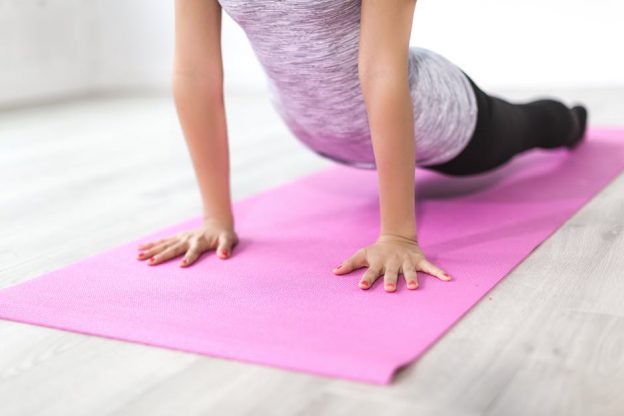




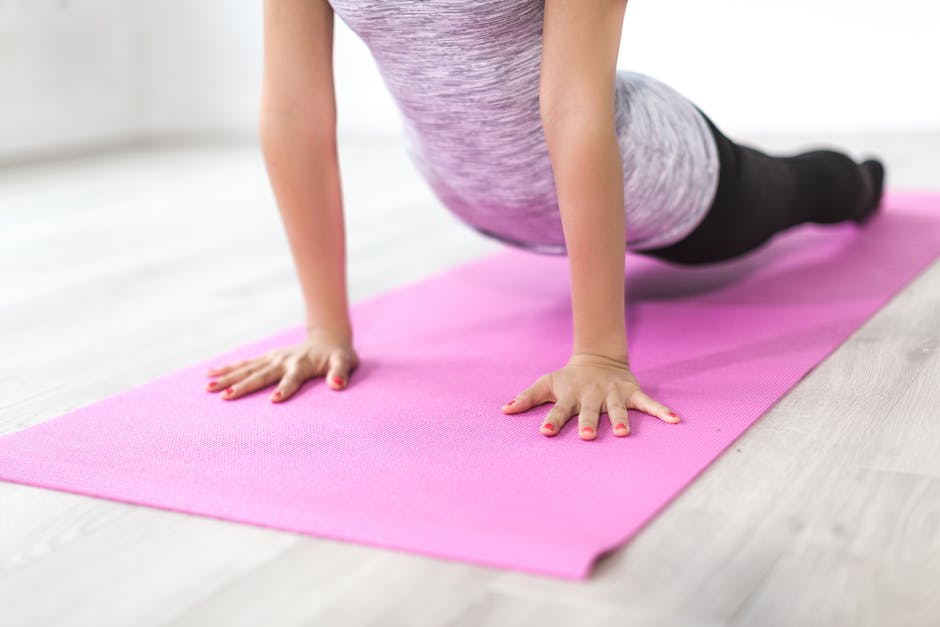
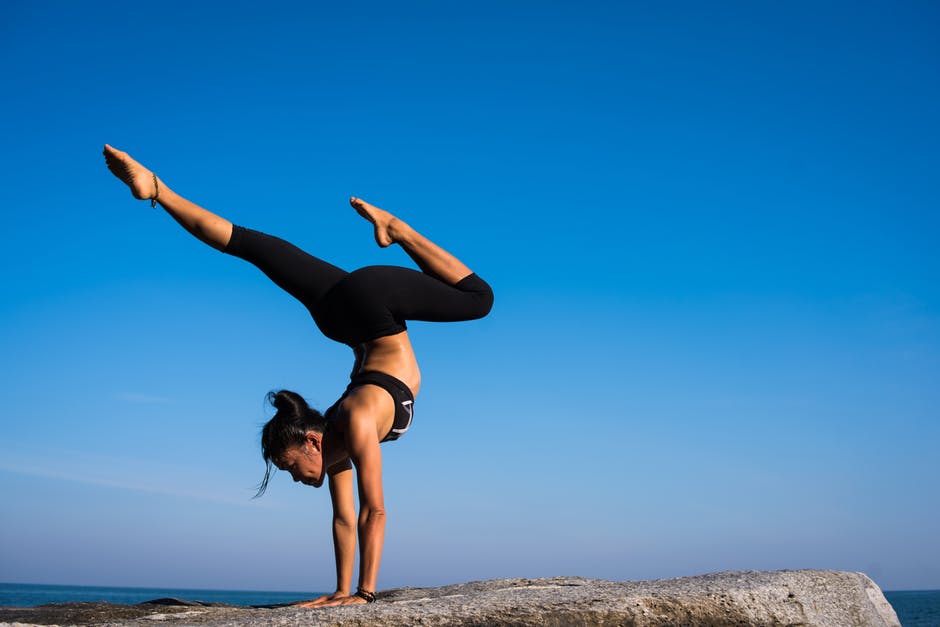
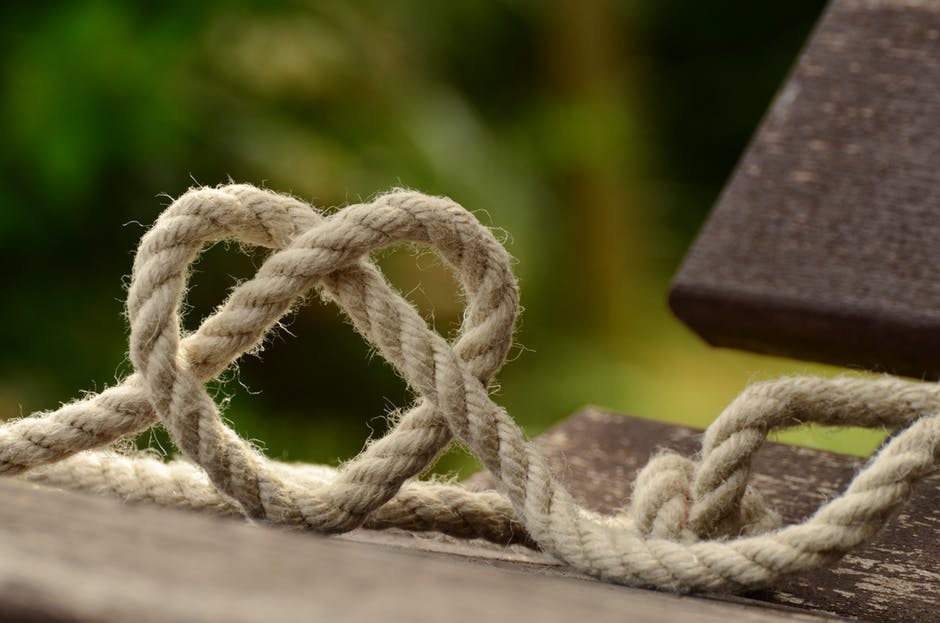
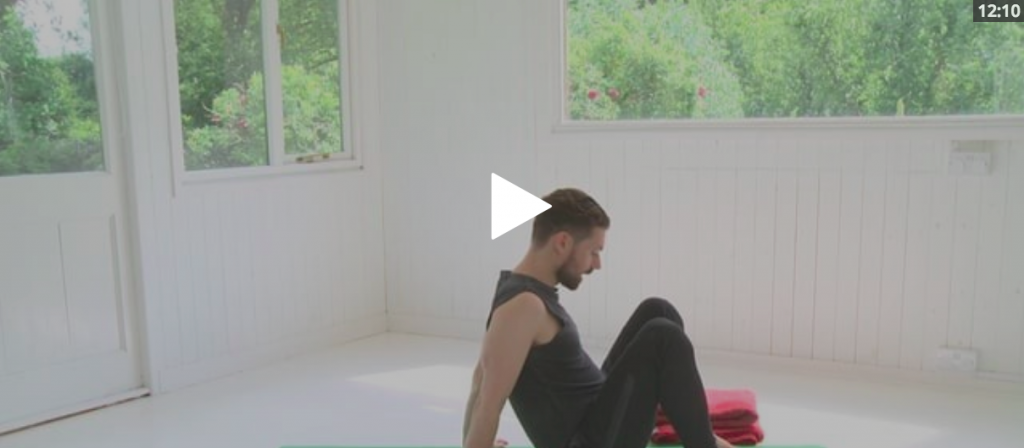
Leave a Reply